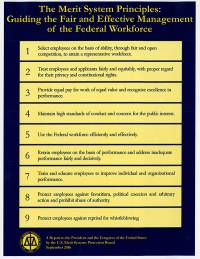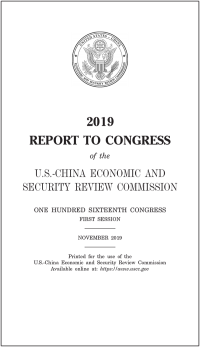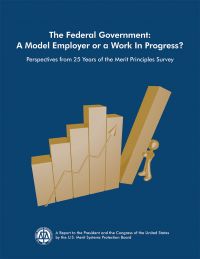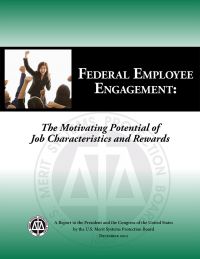
As the guardian of the merit systems principles, the MSPB has a long history of conducting studies to evaluate the “fair and equitable treatment” of all employees, regardless of personal characteristics such as ethnicity/race. This report summarizes workforce data, as well as input from employees, to assess the Federal Government’s progress toward achieving a representative workforce and treating all employees fairly. The results reveal that progress has been made, but some challenges remain. This report provides specific actions that agencies and employees can take to help the Federal Government achieve an efficient, effective and representative workforce.
Executive Summary i
Overview i
Findings ii
Recommendations iv
Summary vii
Introduction 1
Purpose of the Study 1
Methodology 2
Building a Diverse and Representative Workforce 5
The Case for a Diverse and Representative Workforce 5
Achieving Representation 8
Summary 15
A Status Report on the Federal Workforce 17
Representation in the Federal Workforce 17
Pay and Status 21
Occupational Distribution 22
Level of Responsibility 26
Summary 28
Fostering a Representative Workforce at All Levels 29
Analysis of Promotion Rates 29
Trends and Patterns in Overall Promotion Rates 30
Advancement to Leadership Roles 41
Current Status 41
Career-Enhancing Opportunities 44
Seizing Opportunities for Career Advancement 47
Employee Strategies for Career Advancement 47
Optimism 51
Ambition 51
Summary 52
Unifying Concerns and Distinct Challenges 53
Changing Perceptions of Discrimination 53
Different Perspectives on Discrimination 55
Concerns About Favoritism 56
Looking Back at Progress Made and Challenges That Remain 59
Findings From the 1996 Fair and Equitable Treatment Report With Brief Updates 59
Recommendations From the 1996 Fair and Equitable Treatment Report With Brief Updates 62
Addressing the Remaining Challenges 65
Fostering Fairness and Transparency 65
Safeguarding Equal Opportunities in Employment 67
Conclusions and Recommendations 71
Conclusions 71
Recommendations 73
Summary 75
Appendix A. Merit System Principles 77
Appendix B. Prohibited Personnel Practices 79
Appendix C. Discussion Group Questions 81
Appendix D. Career Advancement Survey 83
Appendix E. Occupational Definitions 95
Federal employees, their supervisors, agency management, union personnel, especially Human Capital officers and employees across the U.S. Federal Government may be interested in this report. Additionally, members of Congress, and Federal managers within the Office of Management and Budget, and Office of Personnel Management that is responsible for policy making authority may find this guide helpful as a reference with human resources and civil service matters. Additionally, students pursuing research for courses within these fields, especially public administration, human resources, employment law, organizational development, and industrial-organizational psychology may find this primary source document that deals with civil service issues helpful for assignments.







